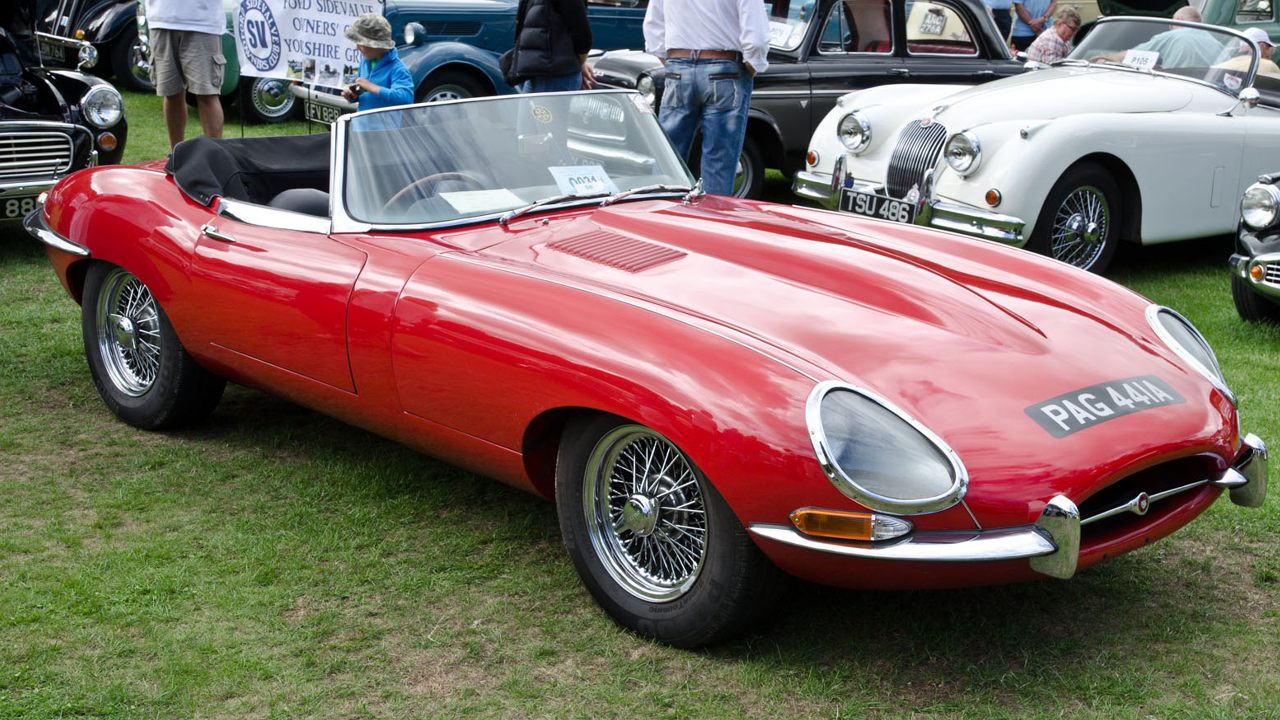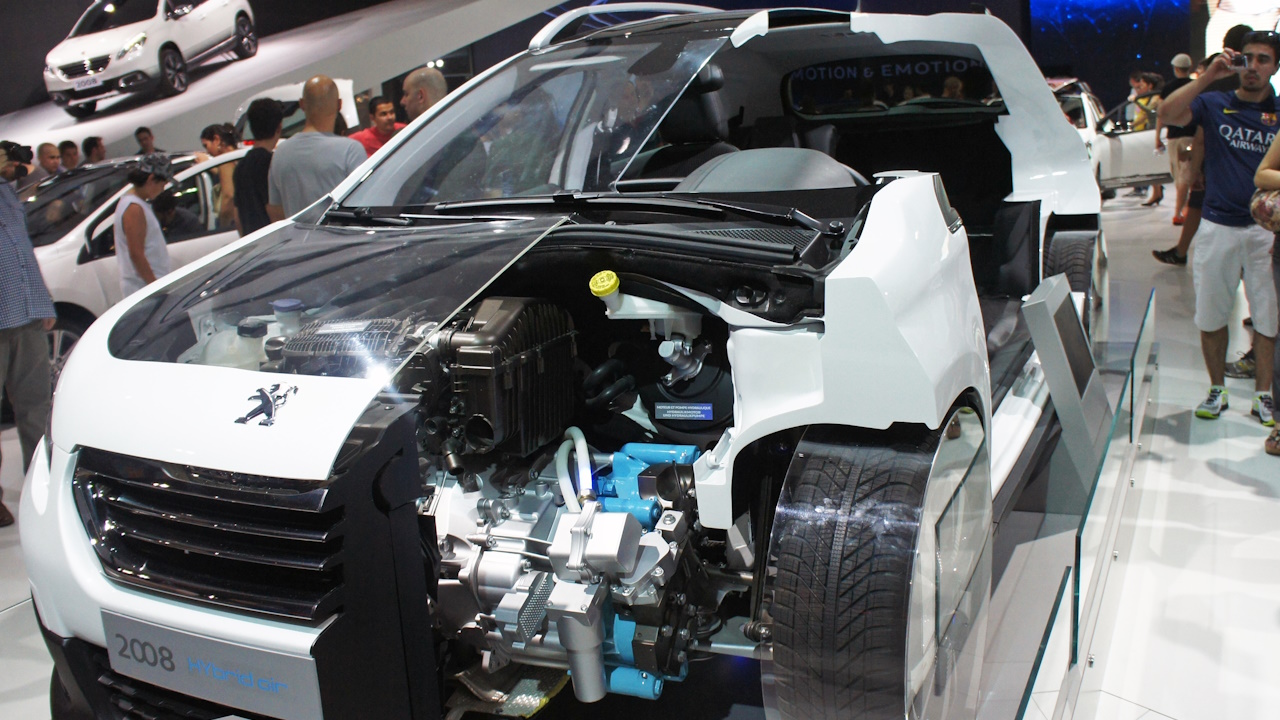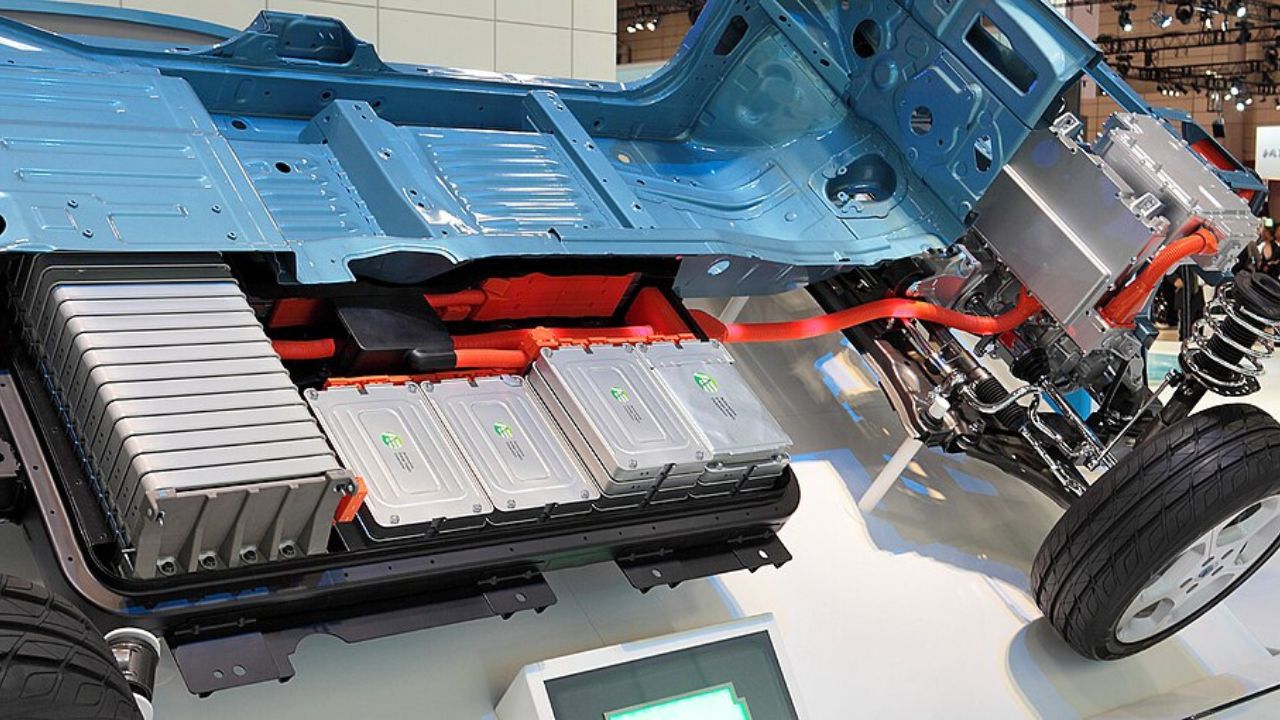Finding parts for rare classic cars can be a challenging task, often requiring time, patience, and a strategic approach. For enthusiasts and collectors alike, efficiently locating those hard-to-find components is crucial to keeping classic car restoration projects on track.
Understanding the Market for Classic Car Parts
Researching the specific make and model of your classic car is a fundamental step in sourcing parts. For instance, if you’re restoring a 1967 Chevrolet Camaro, familiarize yourself with its production history and nuances. Understanding the vehicle’s original specifications can help you determine which parts are essential and which can be sourced from other models.
Distinguishing between commonly available and rare parts is vital. A 1955 Mercedes-Benz 300SL may have components like windshield wipers that are easier to find, while its complex fuel injection system might require more effort. Knowing which parts fall into each category allows you to prioritize and strategize your search more effectively.
Being aware of market trends is equally important. The demand for certain parts can fluctuate, affecting both availability and price. For example, a surge in interest in vintage Ford Mustangs could lead to a scarcity of parts like the 1965 Mustang GT’s V8 engine components. Keeping an eye on these dynamics can give you an advantage when sourcing parts.
Utilizing Online Resources
Engaging with specialty forums and online communities dedicated to classic cars is a valuable strategy. Websites like The Classic Cars Forum or the Vintage Mustang Forum provide platforms where enthusiasts share insights and leads on parts. Participating in these discussions can open doors to potential sources you might not otherwise discover.
Online marketplaces and auction sites such as eBay and Craigslist can also be fruitful. For instance, you might find a rare 1973 Porsche 911 tail light assembly from a seller across the country. Additionally, specialized websites like Hemmings and Classic Car Parts are dedicated to classic car enthusiasts, offering a wide range of parts for various makes and models.
Social media has become an essential tool for connecting with other enthusiasts. Joining relevant Facebook groups, such as Classic Car Parts Buy/Sell/Trade, or following Instagram pages focused on vintage cars can provide leads on parts and allow you to network with others who share your passion. These platforms often feature posts from individuals selling rare components or offering advice on where to find them.
Building a Network of Contacts
Attending car shows and swap meets is an excellent way to network with vendors, collectors, and other enthusiasts. Events like the Carlisle Import & Performance Nationals bring together a wide array of classic car aficionados. These gatherings offer opportunities to discuss your needs, exchange contact information, and potentially secure leads on hard-to-find parts.
Joining classic car clubs and organizations can provide access to a wealth of knowledge and connections. For example, the Antique Automobile Club of America or the Porsche Club of America can be invaluable resources. Members often have extensive experience in sourcing parts and can offer recommendations or even direct you to their own trusted suppliers.
Connecting with professional restorers and mechanics who specialize in classic cars can also be beneficial. These individuals often have established relationships with suppliers and may have insider knowledge of where to find specific parts. For instance, a mechanic specializing in Jaguar E-Types could guide you in sourcing an authentic 1963 E-Type carburetor.

Exploring Alternative Sources
Visiting salvage yards and junkyards can uncover hidden treasures. While these locations may require some digging, they are often home to parts that can be refurbished or restored for use in your project. For example, a local junkyard might have a 1958 Cadillac Eldorado with salvageable chrome trim pieces.
When original components are unavailable or too costly, reproduction and aftermarket parts can be a viable alternative. Companies like Classic Industries and YearOne offer high-quality reproductions for many classic models. For instance, if you’re restoring a 1970 Dodge Charger, you might find reproduction grille assemblies that match the original specifications.
Broadening your search to include international sources can also yield positive results. Some parts, especially for European models, may be more readily available overseas. For example, sourcing parts for a 1972 Alfa Romeo Spider could lead you to Italian suppliers who have access to a surplus of original or reproduction components.
Negotiating and Purchasing Tips
Evaluating the authenticity and condition of parts is crucial before making a purchase. When considering a 1974 BMW 2002 turbocharger, for example, confirm its authenticity by checking serial numbers and consulting knowledgeable sources. This due diligence helps avoid scams and ensures you’re investing in quality components.
Developing effective negotiation strategies can help you secure fair prices and favorable terms. Whether dealing with a private seller or a professional vendor, approach negotiations with a clear understanding of the part’s value. For instance, when purchasing a 1969 Pontiac GTO hood, knowing the average market price allows you to negotiate confidently.
Understanding return policies and warranties is essential to protect yourself in case issues arise with purchased parts. Many sellers offer returns or exchanges within a certain timeframe, but it’s crucial to clarify these terms beforehand. For example, if you purchase a 1965 Ford Falcon transmission that doesn’t fit, knowing the seller’s return policy can save you time and money.
Like Fast Lane Only’s content? Be sure to follow us.
Here’s more from us:
*Created with AI assistance and editor review.







Leave a Reply